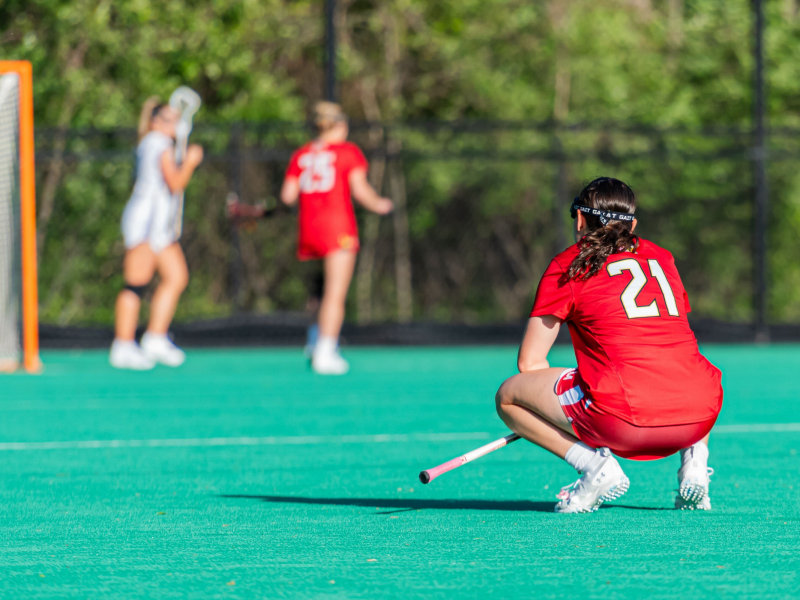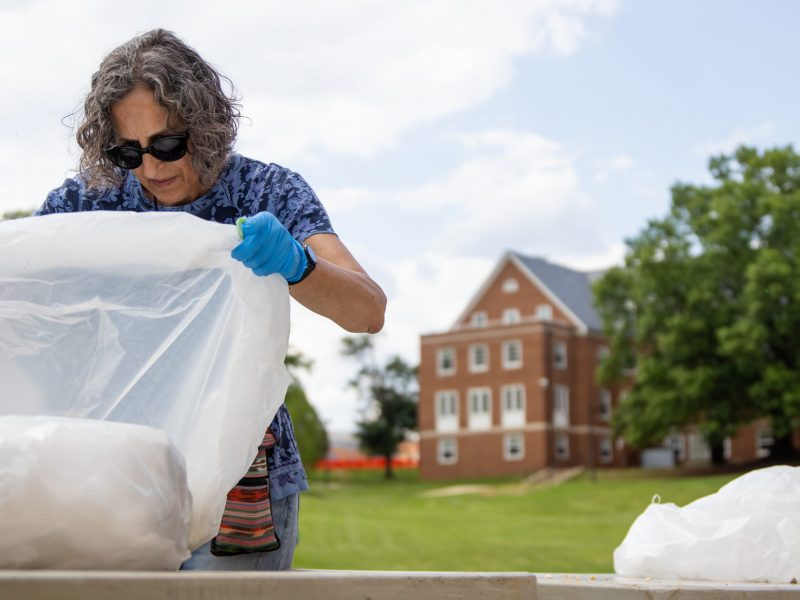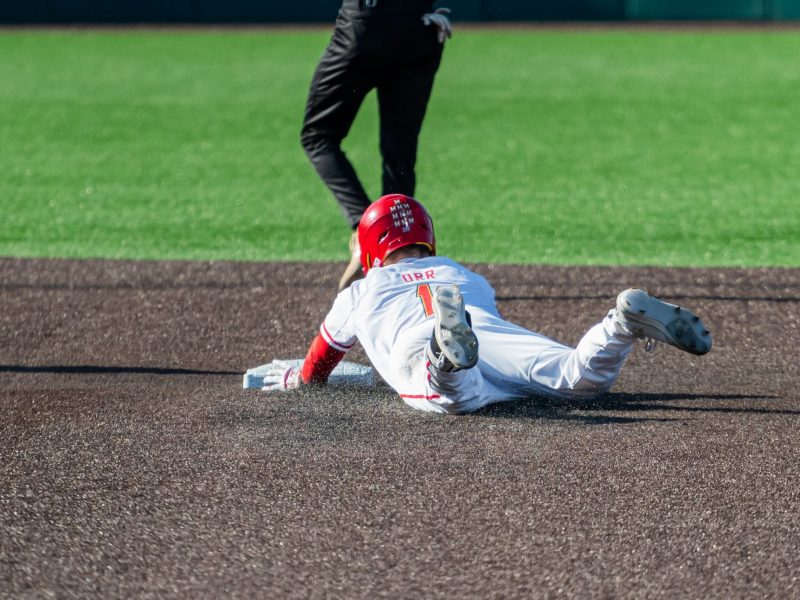In a small, shaded area of University Park, five stone structures sit in memory of the residents who died on Sept. 11, 2001. Ten years after their deaths, the memorial has become a fixture of the park, a place where residents often walk their dogs or pass through while jogging.
But every so often, flowers and fresh American flags are placed at the site. For residents of University Park, the memorial never goes forgotten; neither do the community members lost that day.
One of the residents who died Sept. 11, Leslie Whittington, was a former professor at this university. She had lived in University Park with her husband, Charlie Falkenberg — a university alumnus — for more than 10 years. On the morning of Sept. 11, the couple and their two young daughters boarded American Airlines Flight 77 along with 60 other people and died soon afterward in the third terrorist attack of that day. By the afternoon, their tragedy had made national news, as their 3-year-old daughter Dana was the youngest victim at the Pentagon.
Ten years later, their neighbors said Whittington and Falkenberg still hold a special place in the community.
“We have good neighbors along this block and in this town, but the difference with Charlie and Leslie is they reached out to their neighbors almost on a daily basis,” said town councilman Jim Gekas, who lived next door. “They’re an extension of your family, almost.”
The family had plans to move to Chevy Chase, so in the weeks leading up to Sept. 11, they had already said many of their goodbyes to local neighbors. But those goodbyes did little to prepare the community for the loss they would experience, several neighbors said.
At about 1 p.m. on that day, university counselor Linda Gast was watching the television in her Career Center office, comforting staff members over the initial shock of the terrorist attacks, when she received the news that her friends’ plane had crashed into the Pentagon.
“I think what was particularly poignant for us was many of us had spent time with them, saying goodbye, and we were already sad at losing them in the community,” said Gast, a University Park resident. “I don’t know that you move on from something like this; you don’t ever forget it.”
News of Whittington’s death also shocked the Georgetown University community where she worked.
“We were shell shocked. It was impossible to believe, because Leslie was such a vibrant, lively person, it was just unimaginable that she was dead,” said Georgetown professor William Gormley, who worked closely with Whittington.
In the months following the attacks, Gormley said he would clip and collect newspaper articles without reading them, not yet ready to wade into the details of that day.
An accomplished scholar and devoted mother, Whittington effortlessly blended her professional and personal life, Gormley said. She would tell stories about her daughters during her classes at Georgetown, and sometimes tote them with her to the campus.
Though Gormley said he’s seen many outstanding teachers, Whittington’s electrifying presence in the classroom put her a step above them.
“She knew what students were thinking and she would sometimes call their bluff and let them know what they were thinking, and it wasn’t always about class,” said Gormley. “She had a wicked sense of humor.”
Since Whittington’s death, Georgetown gives one hardworking, unfunded second-year student a scholarship in her name. The annual Leslie Whittington Memorial Lecture brings high-profile speakers to the Georgetown campus.
Meanwhile, residents of University Park have found solace in a community memorial, which neighbor and artist Tom Ashcraft designed.
“This community came together and asked me to make something, and that’s a pretty big statement and commitment,” he said.
And although installing the permanent fixture required money, labor and maintenance, many University Park residents said they felt honoring the Falkenbergs’ memory was not an obligation, but a comfort.
By the time an honorary space for the Falkenberg family and 51-year-old Sheila Hein — a University Park resident who died at the Pentagon — was completed in 2005, more than 150 residents joined Ashcraft in designing and installing the memorial.
“There’s flags that have been stuck in the grass around the plaque since we’ve dedicated the piece, and every now and again there’ll be flowers laying in the flagstones around the space,” said Ashcroft, adding that he often sees people pause to sit in the memorial. “It’s very cool how it has this sort of life.”
Through different forms of remembrance — including Georgetown and University Park’s memorial services yesterday — Gormley said he was eventually able to bring himself to read the newspaper clippings, and developed his own memory of Sept. 11.
“I think it takes us all quite a while to understand the magnitude of September 11th,” he said. “Personally, I know I lost a dear friend but beyond that, I know our nation will never be the same.”
lurye at umdbk dot com


